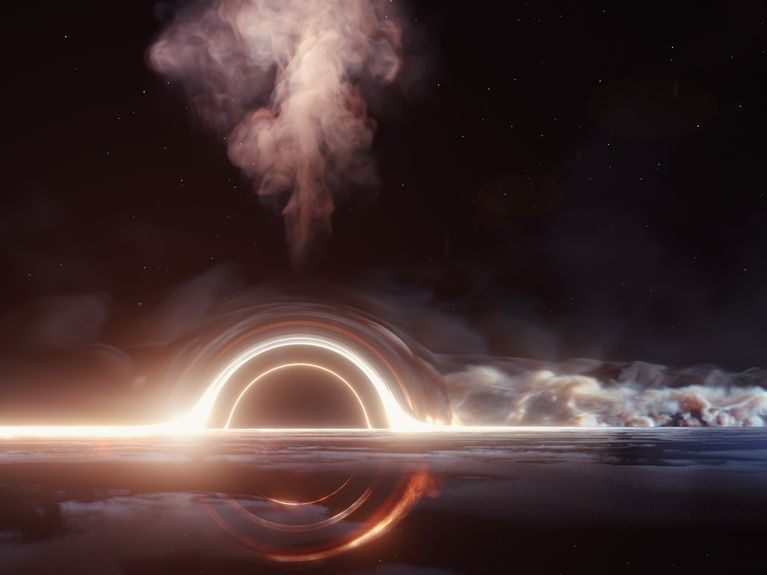
Challenge #40
Putting the astrophysics puzzle together.
The universe is the scene of violent explosions and colossal collisions. At DESY and KIT, we use sophisticated telescopes to successfully track down such complicated cosmic events.
Participating centers
Light, radio waves, and high-energy particles are constantly bombarding our planet. This is because the cosmos is witness to a panoply of dramatic events: exploding giant suns emitting particles and energy; black holes devouring gigantic masses of matter, blowing huge fountains of energy into space; and neutron stars, merging and colliding with thunderous force. All of these events leave unmistakable traces in the form of cosmic turbulences that in turn influence the formation and development of solar systems and entire galaxies, producing heavy chemical elements such as platinum and gold in their powerful wake.
To understand these extreme events in detail, we must observe them with extraordinary means. A scientific instrument in the ice of Antarctica, for example, is capable of detecting neutrinos, ghostly elementary particles released in such cosmic catastrophes. Other examples include the world’s largest cosmic ray detector in Argentina, equipped to measure high-energy charged particles, as well as telescopes that are specially designed to catch immensely energetic radiation in the form of cosmic gamma quanta. Together forming the “multimessenger astronomy” of the Helmholtz Association, these instruments can aid classical observations to reveal the secrets of the cosmos.
(Header: DESY, Science Communication Lab)
The first source of high-energy neutrinos